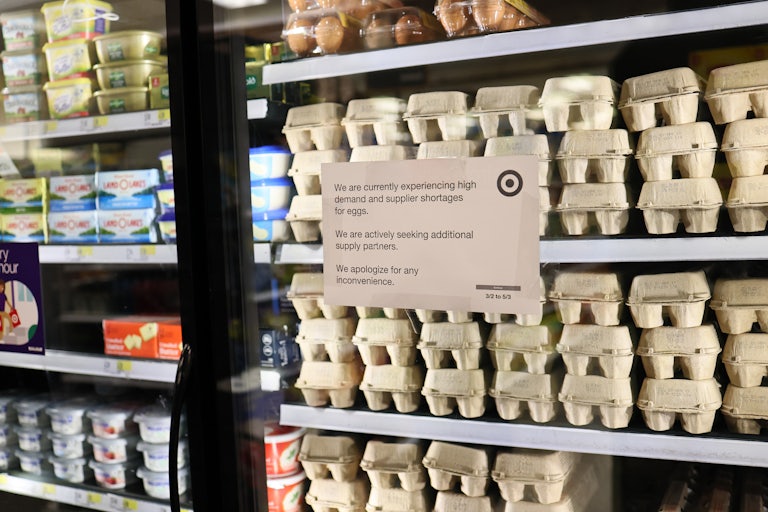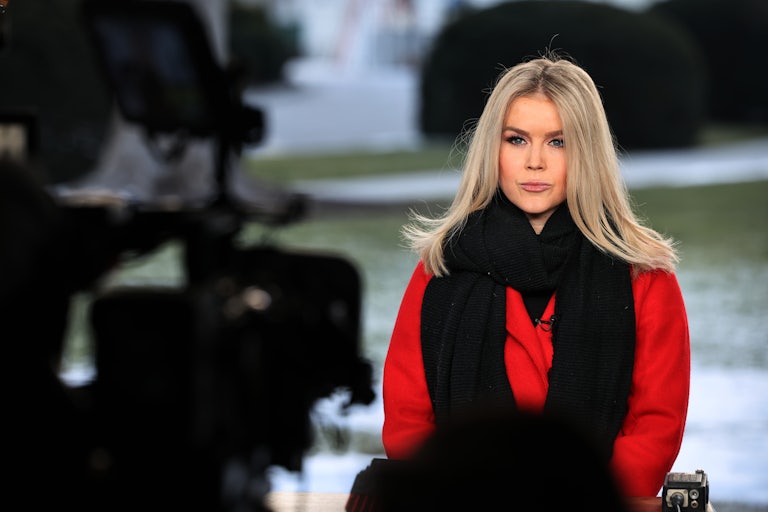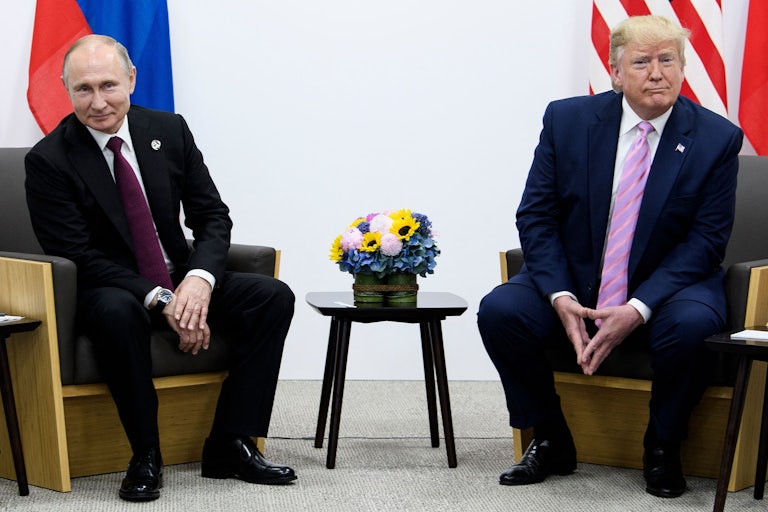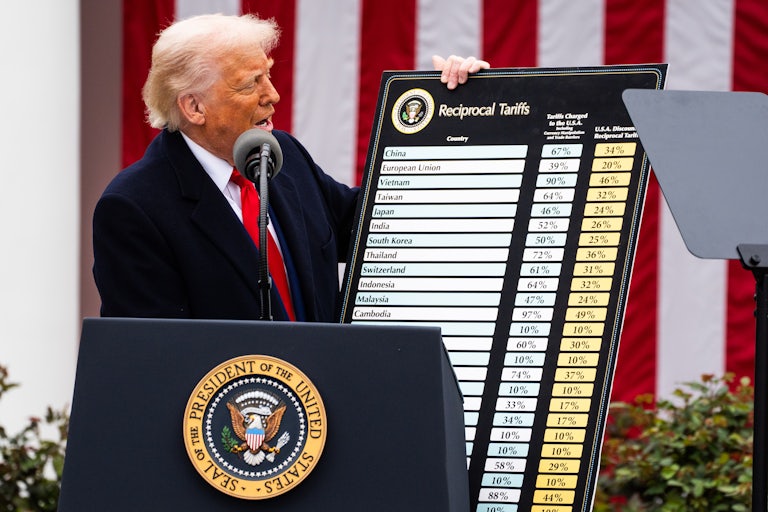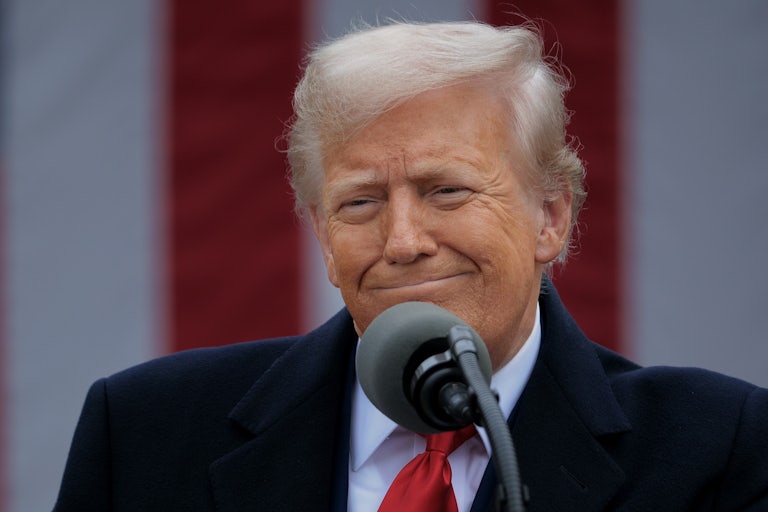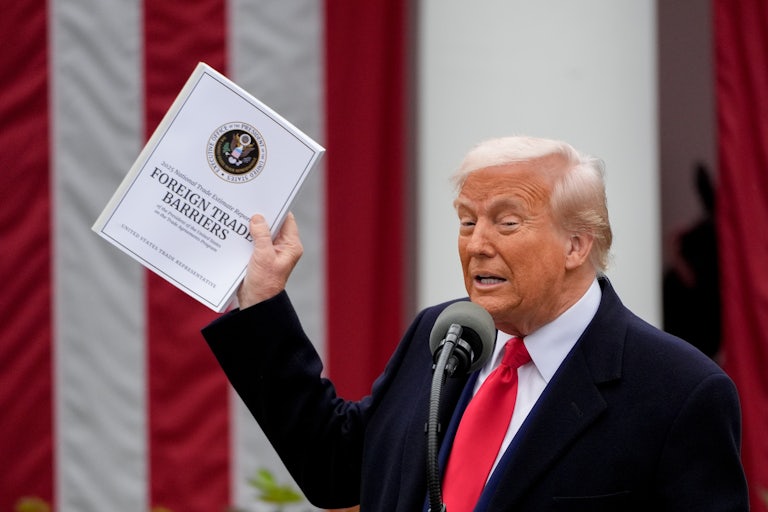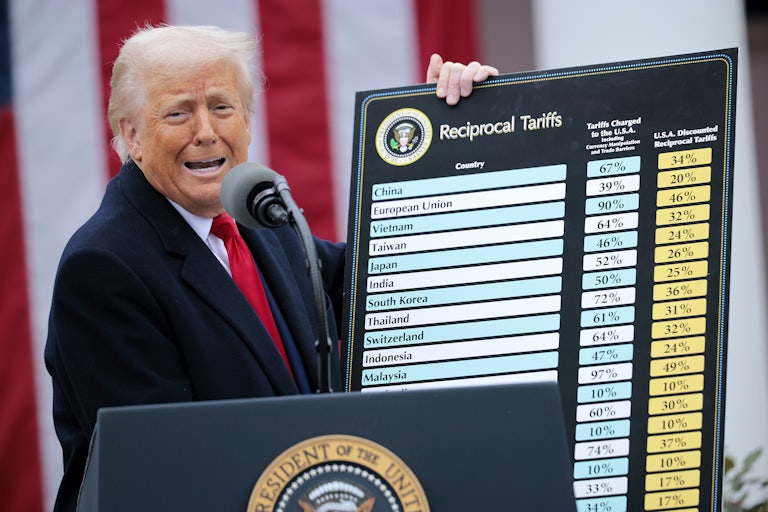Trump’s Deportations Hit Major Snag as Judge Orders Man Released
Donald Trump’s mass deportations continue to be a disaster.

A judge has ordered the Trump administration to release a man whom it wrongly detained and planned to deport to El Salvador.
In a brief one-page filing overnight Wednesday, U.S. District Judge Rolando Olvera ordered that the government not only release Adrian Gil Rojas but that it buy him a ticket from Brownsville, Texas, back to New York.
“The Court holds that the Petitioner is a Venezuelan national with a valid Temporary Protected Status and was wrongfully detained,” Olvera wrote.
“The Court further holds that Respondents produced no evidence that Petitioner is a danger to the public,” he added.
The government had argued that it should be allowed to detain and deport Gil Rojas because his TPS was set to expire on April 2, but his lawyer insisted that he was in the process of reopening his immigration case and that there was reason to believe that the Trump administration’s efforts to repeal TPS would fail.
The lawyer was right: On Monday, a San Francisco judge blocked the government from revoking the protected status of about 350,000 Venezuelans. Judge Edward Chen slammed Homeland Secretary Kristi Noem for making “sweeping negative generalizations about Venezuelan TPS beneficiaries.”
“Acting on the basis of a negative group stereotype and generalizing such stereotype to the entire group is the classic example of racism,” Chen said in his order.
Gil Rojas, who said that he was arrested in New York last month, had been one of dozens of Venezuelan nationals detained by ICE who were sneakily moved closer and closer to an airfield in Harlingen, Texas, where the government staged a mass deportation to a notorious torture prison in El Salvador.
On March 14, the plane that was supposed to take Gil Rojas suffered a mechanical issue and was rescheduled for the following day, giving his lawyer enough time to get Olvera to issue an order blocking his immediate removal. Gil Rojas was spared, unlike the dozens of others for whom due process was suspended under Donald Trump’s invocation of the Alien Enemies Act, a wartime law he has reappropriated to aid in his mass deportation efforts.
Olvera said that when Gil Rojas was returned to New York, he should be released on his own recognizance, and recommended that he wear an ankle monitor while his immigration case was pending.
Earlier this week, the Trump administration admitted that it had wrongly deported Kilmer Armado Abrego Garcia, a Salvadoran national who had been granted protected status from being sent back to El Salvador. The government blamed an “administrative error,” and a judge ruled that the man could not be returned to the U.S. because the court lacked jurisdiction now that he was out of U.S. custody.
Evidence that the government expedited the deportation of individuals who, as Olvera put it, were not a “danger to the public” only continues to mount. The government revealed that it had heavily relied on the tattoos to identify members of Tren de Aragua, a Venezuelan gang the U.S. government has deemed a terrorist group, for deportation. But experts on the gang say that there are no tattoos that signify TdA affiliation.
